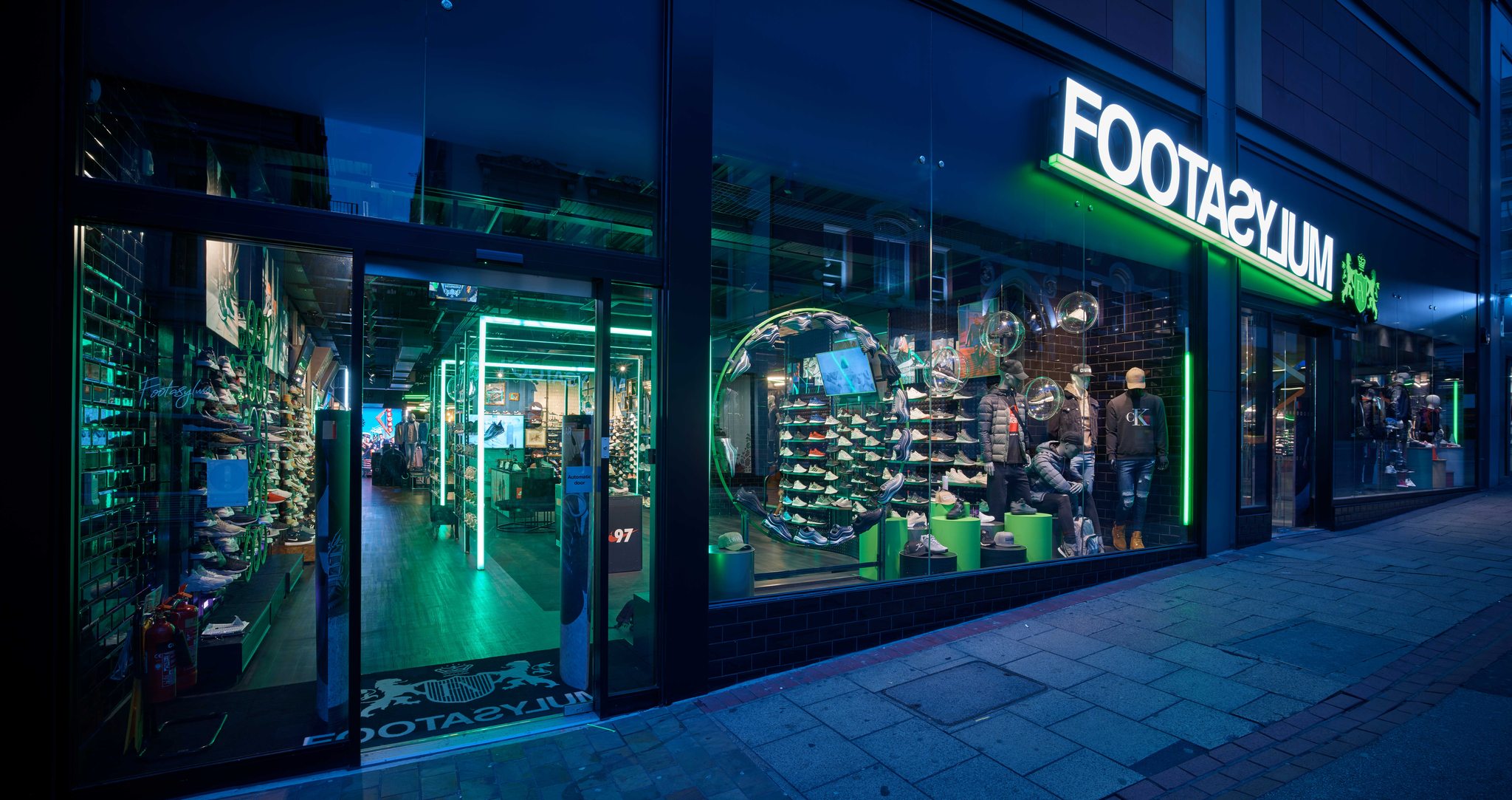“Oh God, what are they doing?” (Or understanding customer behaviour)
By Jon Taylor on November 2, 2017Business would be so much easier if you could control what your customers do. Sadly, it transpires that customers are sentient beings with minds of their own and do what they damn well please.
You create a lovely e-commerce website for them that makes it easy to buy from you and they visit from an obscure mobile browser that won’t render properly. They come with no intention of buying, only of comparing prices against your competitors, before putting some items in a basket and then leaving never to be seen again.
As the old saying goes, there are some things that are certain in life: death, taxes and customers using your website in inexplicable ways. There’s no point getting all Canute about it and trying to change what you can’t; you’ll only be made to look like a fool and get your socks wet. What you can do, though, is learn to channel your customers’ desires and give them what they want. All the ill-advised and insane things they want.
Coming to know and accept this truth is the hard part. But, from the subsequent state of blissful commercial oneness, you can begin to affect change to both improve sales from your existing customers and acquire lots of lovely new customers. You won’t have to meditate on this – there’s a simple three-step process for understanding and harnessing customer behaviour…
Customer segmentation
The first crucial thing to know about customer segmentation is that it’s about segmenting all of your customers into distinct groups, rather than individual customers into distinct pieces. There’s really no benefit to the latter – commercial or otherwise.
It’s possible to group customers based on factors that we ourselves can spot, of course, but by using purpose-built clustering algorithms, it’s possible to group them based on hidden factors and in ways that can be far more valuable. We can then begin to understand the common traits of our best customer and tailor our service accordingly, helping us to capitalise on our best existing customers and attract more of that type of customer.
Predictive analytics
Once you’ve segmented your customer-base accordingly, you can use predictive analytics to drill down into the data of each customer on an individual level. This allows you to get a clearer picture of how each one will likely behave in certain circumstances and situations, and gives you the ability to take specific actions for specific customers. Knowing when a customer is likely to churn or place another order, for example, means you can target them effectively with the appropriate, tailored messaging.
Customer acquisition
With a better idea of who to target and what will elicit a positive response from them, you can begin automating the marketing activity you do online. In short, an optimisation model can be used to maximise the efficiency of your marketing spend, helping you to hit conversion goals while simultaneously minimising your cost of conversion. Ads can be automatically created and their results visualised in straightforward dashboards. This has two main benefits:
- It ensures the best possible return on your marketing investment
It saves you having to do a very tedious and time-consuming manual task
There’s no point in spending all that lovely marketing money if you’re not going to turn leads into customers. That, too, can be expensive, but it needn’t be. Using clustering and classification algorithms, it’s possible to match up leads with your existing customers and work out which will be most likely to convert into customers. The same process can also be used to work out the likely lifetime value of new customers and profile them for better targeting in future.


